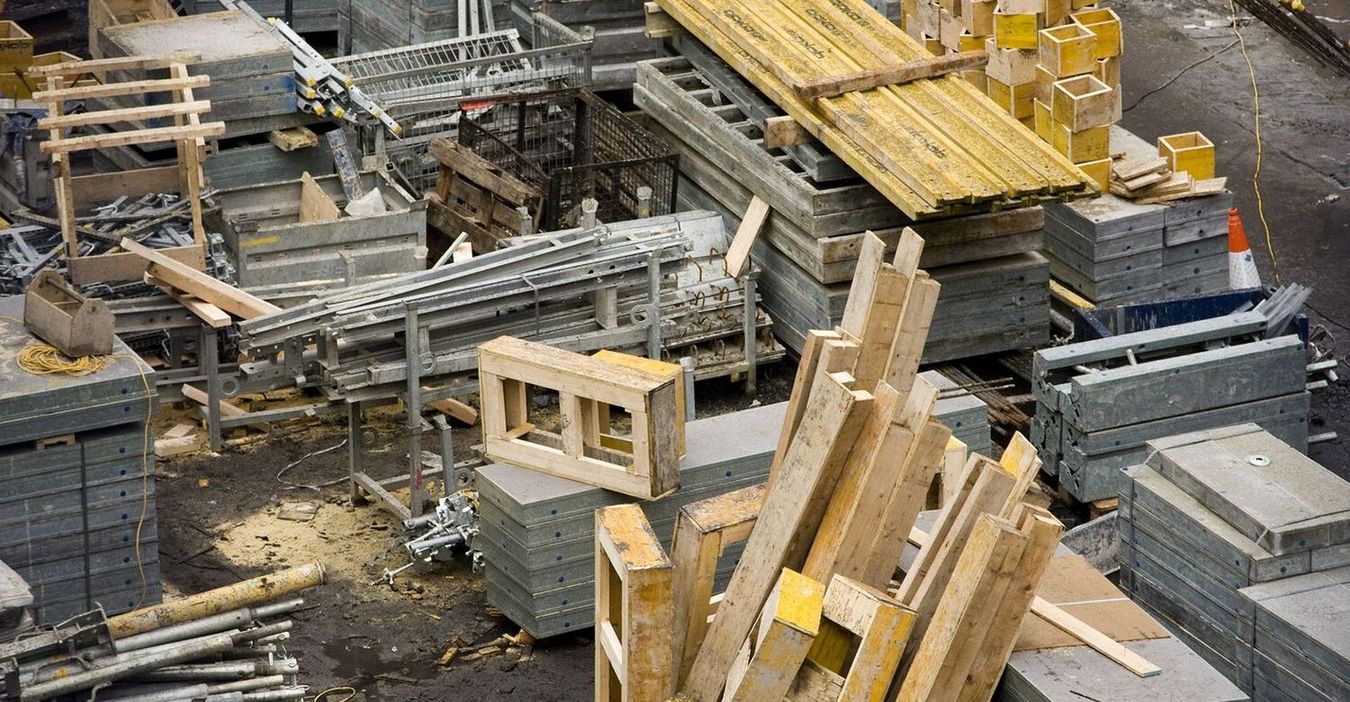
What are the materials used in construction? Construction materials are the backbone of any building project. From the ancient pyramids to modern skyscrapers, the choice of materials has always been crucial. Common materials include concrete, steel, wood, and brick. Each has unique properties making it suitable for different parts of a structure. Concrete is known for its strength and durability, often used for foundations and floors. Steel provides flexibility and support, ideal for beams and columns. Wood offers a natural, aesthetic appeal, frequently used in residential buildings. Brick is valued for its fire resistance and thermal mass. Understanding these materials helps in making informed decisions for any construction project.
Key Takeaways:
- Materials are all around us, from the clothes we wear to the buildings we live in. They come from nature and are made by humans, each with unique properties and uses.
- Different materials have been used for thousands of years, like wool for warmth and gold for jewelry. Plastics and synthetic materials have revolutionized modern life, offering versatility and durability.
Materials in Everyday Life
Materials shape our world. From the clothes we wear to the gadgets we use, different materials play crucial roles in our daily lives. Here are some fascinating facts about the materials that surround us.
- Cotton is one of the oldest known fibers, dating back to 5000 BC in ancient India and Pakistan.
- Silk is produced by silkworms and has been used for thousands of years, especially in China.
- Wool comes from sheep and has natural insulating properties, making it perfect for cold weather.
- Polyester is a synthetic material made from petroleum, widely used in clothing and textiles.
- Nylon was the first synthetic fiber, invented in 1935 by Wallace Carothers at DuPont.
Building Materials
Buildings stand tall thanks to a variety of materials. Each has unique properties that make it suitable for construction.
- Concrete is the most widely used man-made material in the world.
- Steel is an alloy of iron and carbon, known for its high tensile strength and durability.
- Wood has been used in construction for thousands of years due to its availability and ease of use.
- Brick is made from clay and has been used since 7000 BC.
- Glass is made from sand and other minerals, used extensively in windows and facades.
Metals and Alloys
Metals and alloys are essential in various industries, from construction to electronics.
- Aluminum is lightweight, corrosion-resistant, and the most abundant metal in the Earth's crust.
- Copper is known for its excellent electrical conductivity, used in wiring and electronics.
- Gold is highly valued for its rarity and has been used in jewelry and currency for millennia.
- Titanium is strong, lightweight, and resistant to corrosion, often used in aerospace applications.
- Bronze is an alloy of copper and tin, used since ancient times for tools and weapons.
Plastics and Polymers
Plastics have revolutionized modern life, offering versatility and durability.
- Polyethylene is the most common plastic, used in everything from shopping bags to bottles.
- PVC (Polyvinyl Chloride) is used in pipes, cables, and clothing.
- Polystyrene is used in packaging, insulation, and disposable cutlery.
- Acrylic is a transparent plastic often used as a lightweight alternative to glass.
- Teflon is a non-stick material used in cookware and industrial applications.
Natural and Synthetic Materials
Both natural and synthetic materials have unique benefits and applications.
- Rubber can be natural (from rubber trees) or synthetic, used in tires and footwear.
- Leather is made from animal hides and used in clothing, accessories, and furniture.
- Graphene is a single layer of carbon atoms with remarkable strength and electrical conductivity.
- Kevlar is a synthetic fiber known for its high strength, used in bulletproof vests.
- Carbon Fiber is lightweight yet strong, used in sports equipment and aerospace engineering.
Final Thoughts on Materials
Materials shape our world in ways we often overlook. From steel in skyscrapers to silicon in electronics, each material has unique properties that make modern life possible. Plastic revolutionized packaging, while glass remains essential for windows and screens. Wood continues to be a staple in construction, offering both strength and beauty. Ceramics provide heat resistance in everything from kitchenware to space shuttles. Textiles keep us warm, cool, and stylish. Even concrete, often seen as mundane, forms the backbone of our infrastructure. Understanding these materials helps us appreciate the innovation and engineering behind everyday objects. Next time you pick up your smartphone or walk on a wooden floor, remember the fascinating materials that make it all possible. Keep exploring, stay curious, and never underestimate the power of a simple material.
Frequently Asked Questions
Was this page helpful?
Our commitment to delivering trustworthy and engaging content is at the heart of what we do. Each fact on our site is contributed by real users like you, bringing a wealth of diverse insights and information. To ensure the highest standards of accuracy and reliability, our dedicated editors meticulously review each submission. This process guarantees that the facts we share are not only fascinating but also credible. Trust in our commitment to quality and authenticity as you explore and learn with us.
